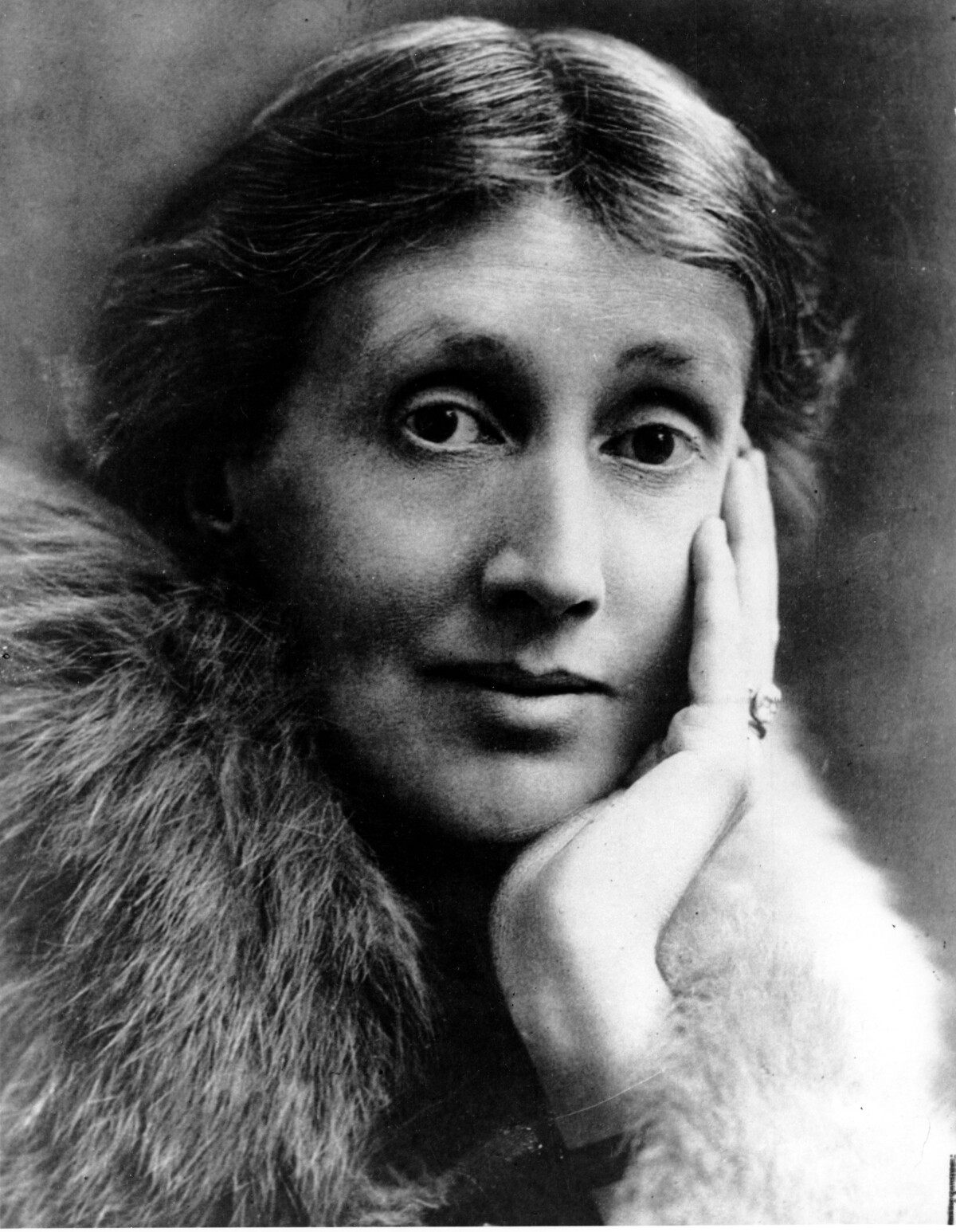Woolf Virginia
Virginia Woolf was a British modernist writer. She was a prominent figure in interwar literary circles and a member of the Bloomsbury Group.
Virginia Woolf She was born in London, in 1882. Her father, Sir Leslie Stephen, was a notable historian, author and editor of the Dictionary of National biography. Her mother Julia Stephen was also well connected in cultural circles and acted as a model for the Pre-Raphaelite artists and photographers.
Virginia was educated at her Kensington home by her parents with her step-brothers and step sisters. She later took lessons at the Ladies' department of Kings College, London. Her brothers went to Cambridge, and although Virginia resented not being able to study at Cambridge, through her brothers, she later became involved in the circle of Cambridge graduates.
When Virginia was 13, the death of her mother, left a profound mark on her, and she had a nervous breakdown. This nervous breakdown was the beginning of a lifetime of mood swings - manic depression and she frequently sought treatment for her mental instability, but struggled to find any cure.
These mood swings made social life more difficult, but she still became friendly with some of the leading literary and cultural figures of the day, including Rupert Brooke, John Maynard Keynes, Clive Bell and Saxon Sydney-Turner. These group of literary figures became known as the Bloomsbury Group.
During this time she had an active correspondence with suffragettes such as Mrs Fawcett, Emily Pankhurst and others. Although she never took part in the activities of the suffragettes she wrote her clear support for the aims of female emancipation.
In 1912, Virginia married writer and critic Leonard Woolf, and though he was poor, the marriage was happy. Leonard was Jewish, and she was rather proud of his Jewishness - even though she has been accused of some anti-Semitism in her works - often depicting Jews in a stereotypical way. The couple were both appalled by the rise of fascism in the 1930s, as they were both on Hitler's list of undesirable cultural figures.
Virginia developed a love of literature from an early age, she had free access to her father's library, and was an avid reader. She began working as a journalist, writing articles for the Times Literary Supplement in the early 1900s. By 1915, she had written her first novel. - The Voyage Out. In 1917, Virginia and Leonard founded the Hogarth Press which published her novels and later works by other writers, such as T.S.Eliot and Lauren van der Post.
She was considered a modernist author, for her experimentation in stream of consciousness writing, reminiscent of the period. Often her novels were based on quite ordinary, even banal, situations. But, she sought to explore the underlying psychological and emotional motives of the characters involved. She explored ideas of sexual ambivalence (she herself had a brief lesbian affair with Vita Sackville-West,) shell shock from First World War, and the rapid changes of society.
Her three most important novels were Mrs. Dalloway (1925), To the Lighthouse (1927) and The Waves (1931)
She was considered an important feminist writer and in A Room of One’s Own (1929), she discussed women's writing in an economic and social underpinning.
During the Second World War, she became increasingly depressed, due to a combination of the blitz and the return of her mental demons. Fearing she was going mad again, she took her own life, filling her pockets with stones and jumping into the River Ouse.









